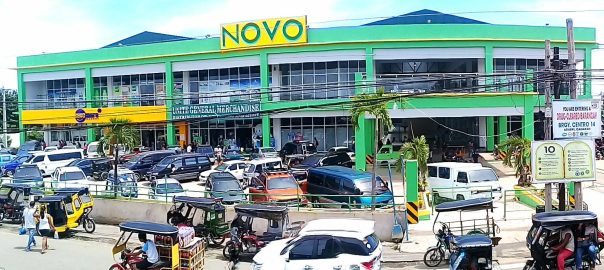
Archives

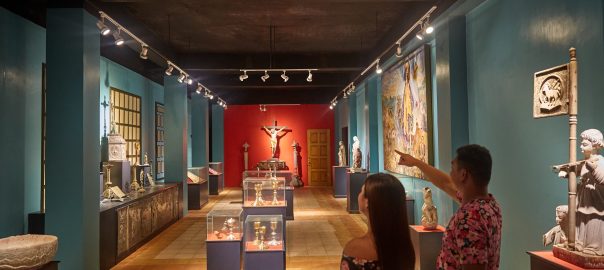
Aparri Ecclesiastical Museum
This contemporary museum proves to be more than a repository of inanimate objects and artifacts. It bespeaks the deep Catholic life and faith of Cagayanos.
As envisioned by its founder, Archbishop Diosdado Talamayan, who steered the establishment of the Ecclesiastical Museum, this museum gathers a community that appreciates the glorious past of Catholicism in Cagayan. It has become a place to learn and educate the present and future generations about the rich spiritual heritage of Cagayanos.
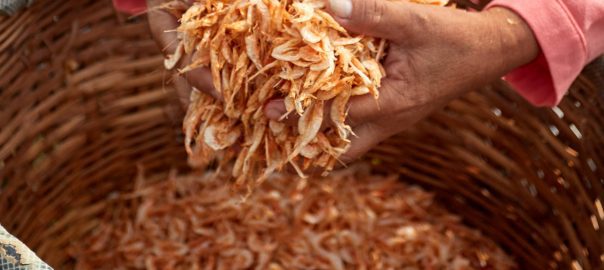
Aramang
Traditional Cagayano dishes will not be complete without this main ingredient-aramang or alamang (soft-shelled shrimp). Adding aramang to dinengdeng, pinakbet, or okoy releases an inviting aroma and gives that distinctive umami to these traditional dishes. Cagayanos use it fresh, dried for a longer shelf-life, or processed into
shrimp paste.
This species endemic to the Cagayan River estuary has a distinct pink color. Aparri has become synonymous with aramang that it holds the Aramang Festival as part of its town fiesta. It is a tribute to the hard-working Aparrianos who enjoy the economic benefit from this God-given resource. It is a culmination of Aparri’s success in making aramang its One-Town-One-Product (OTOP) enterprise.
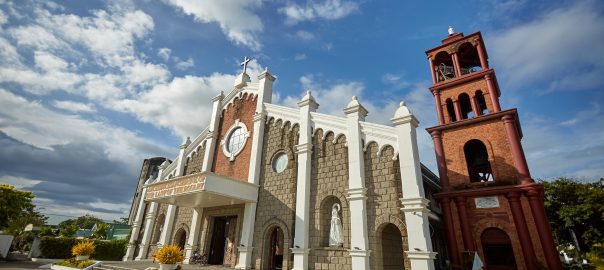
St. Peter Gonzales of Thelmo Parish Church
For 331 years, from 1680 until its last renovation and dedication in 2011, the St. Peter Gonzales of Thelmo parish Church has been a living witness to its tragic, but colorful past. Aparri was a victim of severe disasters like typhoons, floods, earthquakes, fire, and wars for many centuries. The church was never out of danger, but it rose like a phoenix from the ashes. It had to undergo relocation and seemingly countless renovations and reconstructions until it achieved a more contemporary appearance.
Despite its new look, the church still pays homage to its original baroque architectural design reflected in its façade, ornate interior arches, and exquisite retablo.
indeed, the rebuilding process demonstrates Aparriano’s
indomitable faith and tenacity that despite each catastrophe, Aparrianos have only pushed to rebuild and emerge more determined and resilient.
Hotel Dian
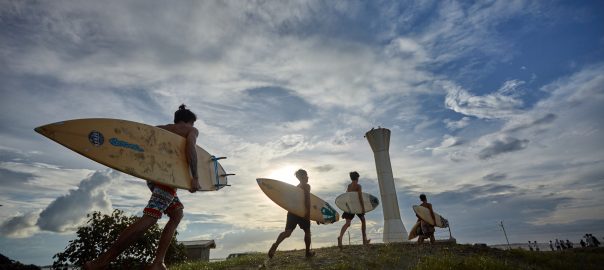
Surfing
Minus the big crowd, locals and visitors enjoy the beaches of Aparri by soaking up the sun, surfing, swimming, or plain beachcombing. Compared to more popular surf sites, surfing and skimboarding are relatively nascent water sports in this part of the country.
Aparri is one of the only known 14 surfing spots in the Philippines. This recognition encourages the local government to promote Aparri as a surfing destination.
While it may be less in the mainstream at this point, Aparri opens its doors to surfing and skimming enthusiasts who derive relaxation and enjoyment from engaging in adventurous sports.
Aparri faces the Luzon Strait which gives some of the largest ocean waves in the world. The gentler waves that reach Babuyan Channel make it ideal for surfing and skimming and accommodate all types of surfers and even skimmers. Characterized by right-and-left-hand beach breaks, the waves in Aparri are suitable for beginners, intermediate, and advanced surfers. Weather permitting, intermediate and advanced surfers can enjoy the waves that peak up to 6 feet from August to March. Beginners can train when the waves are less daunting from April up to July.
